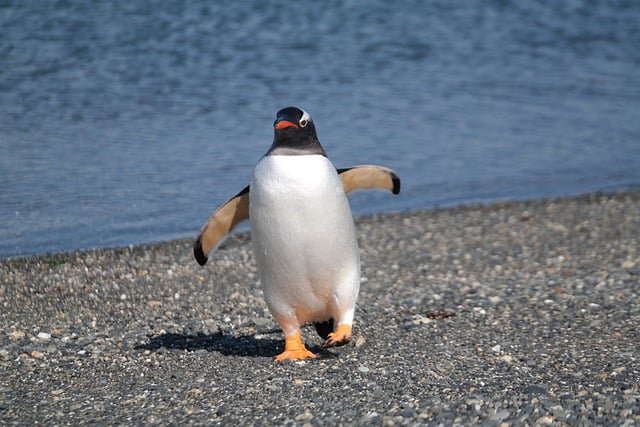
The Social Lives of Penguins: How Colony Dynamics Shape Their Survival
Penguins are often celebrated for their charming waddle and striking tuxedo-like appearance, but beneath their endearing exterior lies a complex social structure that plays a crucial role in their survival. Understanding the dynamics of penguin colonies reveals how these fascinating birds navigate the challenges of their harsh environments.
The Importance of Colony Life
Penguins are highly social animals that thrive in colonies, which can range from a few dozen to several thousand individuals. Living in such close quarters offers numerous advantages, including:
Protection from Predators: By forming large colonies, penguins can reduce the risk of predation. The sheer number of birds can confuse and deter potential threats, such as seals and birds of prey.
Thermal Regulation: In the frigid climates where many penguin species reside, huddling together helps conserve body heat. This communal behavior is especially vital during harsh weather conditions, allowing them to endure extreme cold.
Cooperative Breeding: Penguins often engage in cooperative breeding, where individuals help care for the young of others in the colony. This behavior enhances the survival rates of chicks, as more adults can provide protection and food.
Communication and Social Structure
The social lives of penguins are marked by a variety of vocalizations and behaviors that facilitate communication within the colony. Each species has its unique calls, which help individuals recognize their mates and offspring among the cacophony of sounds.
Key Communication Strategies:
Vocal Calls: Penguins use distinct calls to attract mates and communicate with their chicks. The ability to identify calls is crucial during the breeding season when parents must find their young in crowded nesting areas.
Body Language: In addition to vocalizations, penguins utilize body language—such as posturing, preening, and physical displays—to convey social status and establish bonds within the colony.
Challenges and Adaptations
While the social structure of penguin colonies offers many benefits, it also presents challenges. Overcrowding can lead to increased competition for food and nesting sites, which may stress individuals and affect breeding success. Climate change and environmental shifts further complicate these dynamics, impacting food availability and habitat stability.
Adaptations to Overcome Challenges:
Flexible Breeding Strategies: Some penguin species have adapted their breeding timings to align with peak food availability, ensuring that parents can provide for their chicks effectively.
Social Learning: Younger penguins often learn from older, more experienced individuals within the colony, adopting successful foraging techniques and survival strategies.
Conclusion
The social lives of penguins are a testament to the power of community in the animal kingdom. Their colony dynamics not only enhance individual survival but also contribute to the resilience of the species as a whole. As we continue to study these remarkable birds, understanding their social structures will be essential in conservation efforts aimed at protecting their populations in a rapidly changing world.
By appreciating the intricate social lives of penguins, we gain insight into the importance of community and cooperation in the natural world, reminding us that sometimes, survival truly depends on the strength of our connections.
